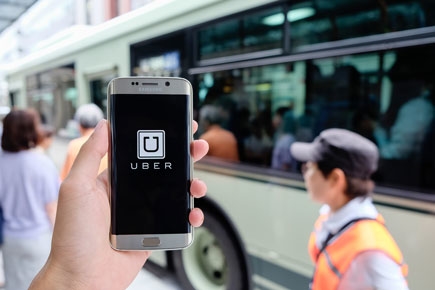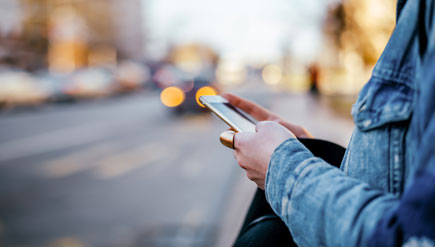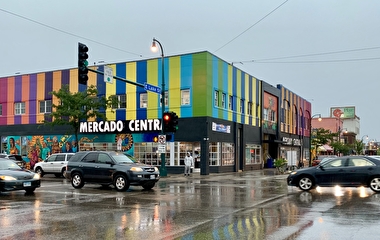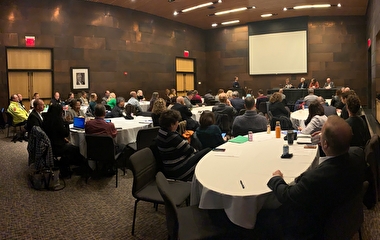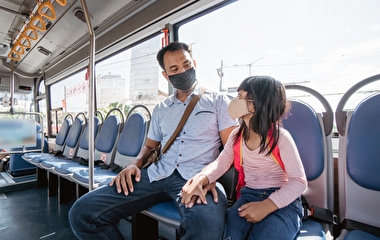Ride-hailing services such as Uber have changed how people move in urban areas. Several US transit agencies have begun to respond to this disruption by partnering with ride-hailing providers or subsidizing citizens’ use of them to cover the “last mile” of trips. It’s unclear, however, how access to ride-hailing services affects the demand for specific modes of public transit and what other factors—such as inclement weather—are involved.
Researchers in the U’s Information & Decision Sciences department explore these issues in a paper published in the journal Information Systems Research. “Our estimates indicate that after a ride-hailing service enters an urban area, usage of road-based, short-haul public transit services—namely, city buses—declines,” says doctoral candidate Yash Babar. “Specifically, Uber’s entry is associated with a 1.29 percent decline in city bus service utilization, in an average city.”
At the same time, these services increase the use of rail-based and long-haul transit services such as commuter rail. “Uber’s entry is associated with a 2.96 percent increase in commuter rail use,” he says. “These estimated effects may seem relatively small, but they translate to substantial annual losses or gains for transit agencies.”
For their analysis, Babar and Associate Professor Gordon Burtch used public transit utilization data maintained by the Federal Transit Administration for more than 2,200 transportation agencies. They gathered information about Uber’s arrival into different locations based on public press releases and newspaper reports. They then compared agencies that had similar trends in transit use over the 24 months prior to the arrival of Uber and estimated how use changed 12 months after arrival.
In line with other studies, their findings indicate that ride-hailing services compete with public transit modes that share roads with private vehicles. However, the services can complement modes that have a separate right-of-way and operate on individual tracks or rails.
The researchers also found that a variety of factors soften—or amplify—the impacts of ride-hailing. For example, the drop in city bus use is bigger in areas with inclement weather, particularly hot or snowy days. Bus use also falls more in areas with more violent crime. “One additional violent crime per thousand people is associated with a 1 to 3 percent larger drop in city bus utilization upon Uber’s arrival,” Babar says. But for commuter rail, that same rise in violent crime increases usage by 2.5 percent, he adds, perhaps because of the perceived added safety of the last-mile option.
The researchers found an array of effects on transit use from the other factors they analyzed: the size of the local population, riders’ average trip distances, gas prices, and perceived transit service quality.
For light-rail transit (LRT), they didn’t find a statistically significant average effect of ride-hailing entry. However, all the moderating factors have a significant effect on LRT use—poorer weather, for example, leads to less LRT use.
Based on their findings, the researchers advise transit agencies contemplating partnerships with ride-hailing services to consider the losses or gains they may have experienced, or may experience, from the arrival of these services. They also stress the importance of local context. “The potential impacts on usage vary to some degree even within a transit mode,” Burtch says.
